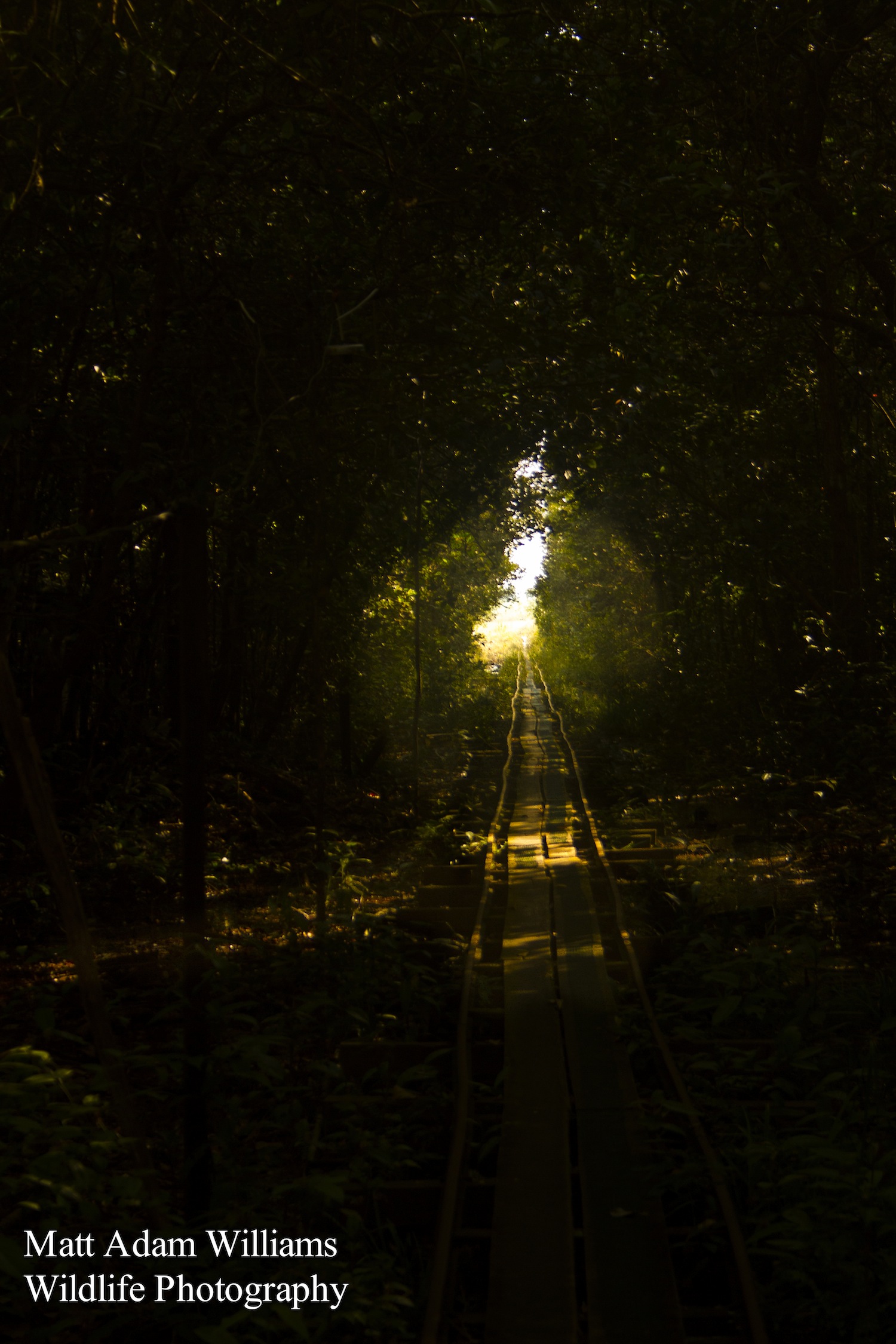What’s wrong with a railway? What I’m doing in Borneo.
This is a photo of a railway. It looks fairly benign, and these days it is. It’s the route we use to get in and out of camp from the nearby city. But in the past this railway was used to get felled trees out of the Sabangau rainforest, 6500 square kilometres of peat-swamp forest. Combined with canals to float the logs out, the forest here was severely impacted by logging.
Peat-swamp forest is extremely wet, rich in carbon and highly valuable for wildlife. Canals which were used to float logs out allow the water to drain away from the forest, leaving it prone to nearly annual fires.
Not too long ago, the Sabangau rainforest where I’m working was severely threatened by logging for timber. Today, many of Borneo’s forests still face the same threats. What’s more, conversion to oil palm (used to produce palm oil for consumer products) is having a growing and devastating impact on forests in this part of the world.
Today, large-scale threats to this particular forest have retreated a bit. However, occasional illegal logging and hunting continue, as well as the constant pressure of sprawling development from the nearby city of Palangka Raya, where I live most of the time.
I’m working on behalf of the Orangutan Tropical Peatland Project (OuTrop), an organisation that focuses on scientific research in the Sabangau peat-swamp forest. Sabangau rainforest is home to the largest remaining population of orangutans, 6000 in total; and at the research site (a small section of the whole forest) OuTrop works to monitor a proportion of this population. Their work also includes monitoring of agile gibbons, red langur monkeys, butterflies and many other species. Alongside this, they work with a unit at Palangka Raya university to support a patrol team, who combat the illegal activities and fires which continue to threaten this special place.
A greater evidence base about the value of places like Sabangau can only reinforce the argument for their ongoing protection from development and deforestation.
My role is as Communications Manager, helping to make sure that the story of this organisation’s incredible work is broadcast loud and clear. But some of the time I’m allowed to go and play in the jungle and accompany friends and colleagues as they set out before dawn to spend entire days following and observing the primates that live here.
Over the coming year, I hope to share my experiences with you, and to go into more depth about some of the challenges, solutions and spectacles that are to be found in this corner of the world.
Having first been inspired to care about the environment by learning about deforestation of the Amazon at primary school, I truly believe that we would all be empoverished if the world were to lose somewhere like Sabangau.

